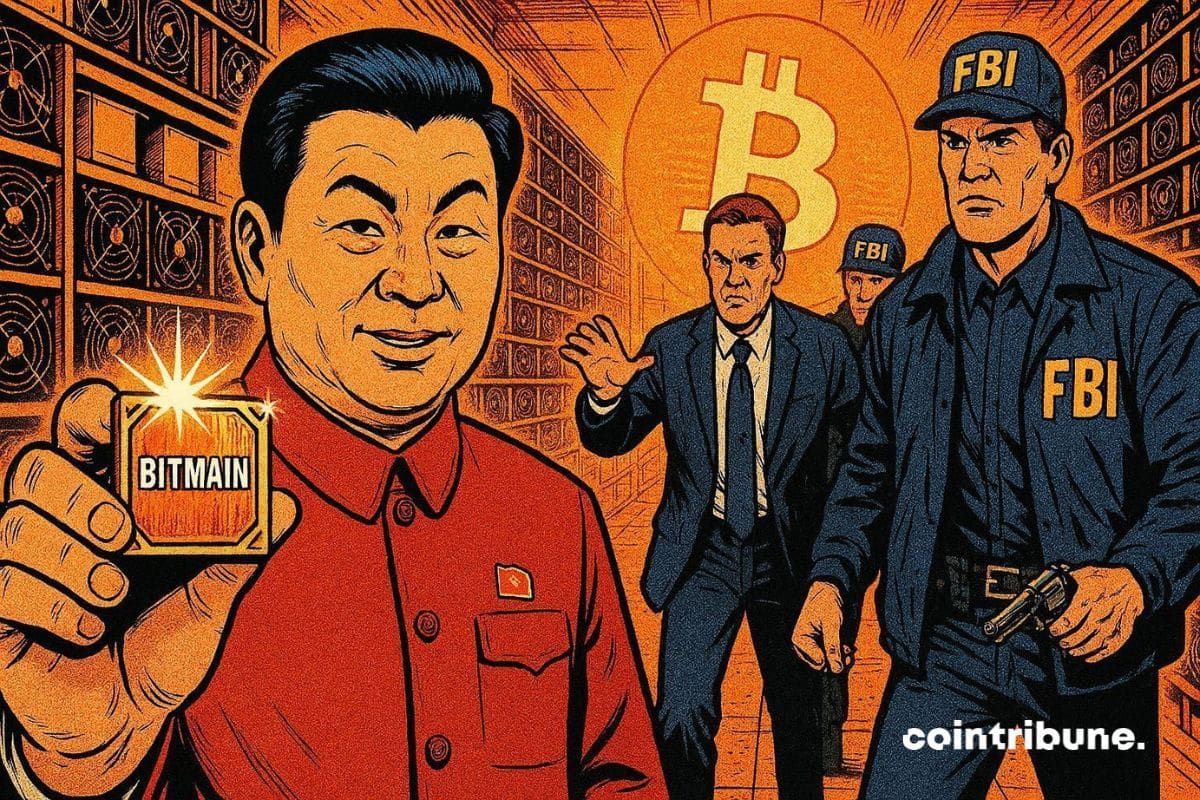MicroStrategy's $2 billion preferred stock strategy could unlock institutional goldmine, analyst says
Perpetual preferred stock does not have a maturity date or mandatory redemption timeline and instead pays fixed dividends indefinitely as long as the issuing company remains operational.As of Jan. 5, MicroStrategy holds 447,470 BTC, worth over $44 billion.

MicroStrategy is planning to raise up to $2 billion by issuing preferred stock, advancing its ambitious “21/21” plan to sell $42 billion in equity and fixed-income securities. The software company has leveraged its issuance of convertible bonds to capitalize on share price volatility, benefiting from a stock that soared 500% last year.
MicroStrategy has tapped into the demand among convertible bond investors for higher implied volatility, a feature that Benchmark analysts say enhances the appeal of the equity conversion option embedded in these bonds.
“The extent to which investors value this element of MSTR’s offerings has been reflected in the oversubscription of its convertible offerings and their pricing,” wrote Benchmark equity analyst Mark Palmer in a note on Monday. He cited the November 2024 issuance as a key example, where strong demand for $1.75 billion in convertible bonds allowed the offering to be upsized to $3 billion . Notably, the bonds carried a 0% coupon.
By turning to perpetual preferred stock, MicroStrategy could attract institutional investors such as insurance companies, pension funds and banks, Palmer said. These entities typically favor assets with fixed dividend payments and relatively low volatility. Unlike bonds, perpetual preferred stock does not have a maturity date or a mandatory redemption timeline, instead paying fixed dividends indefinitely as long as the issuing company remains operational.
Further, MicroStrategy is retaining the right to include features such as cash dividend payments and convertibility into Class A common stock for the perpetual preferred stock it plans on issuing.
“We believe it is likely that any preferred stock the company offers would include both features, with convertibility into common shares providing preferred stock investors with elements of volatility and optionality that they do not often see,” Palmer wrote. “These securities, in essence, would offer preferred investors a unique proposition: an embedded, indefinite call option on a company whose value is largely tied to a highly volatile cryptocurrency.”
Benchmark reiterated a “buy” rating for MicroStrategy’s stock and maintained a price target of $650. Its valuation model assumes that bitcoin will reach $225,000 by the end of 2026 and that the company will have accumulated 638,400 BTC by that time.
MicroStrategy recently purchased another 1,070 BTC for approximately $101 million at an average price of $94,004 per bitcoin. As of Jan. 5, the company holds 447,470 BTC, worth over $44 billion.
MSTR shares were up more than 7% to $365.81 at publication time. The price of bitcoin was up 4.4% to $101,960, according to The Block’s BTC price page .
Disclaimer: The content of this article solely reflects the author's opinion and does not represent the platform in any capacity. This article is not intended to serve as a reference for making investment decisions.
You may also like
Empowered by AI Avatars, How Does TwinX Create Immersive Interaction and a Value Closed Loop?
1. **Challenges in the Creator Economy**: Web2 content platforms suffer from issues such as opaque algorithms, non-transparent distribution, unclear commission rates, and high costs for fan migration, making it difficult for creators to control their own data and earnings. 2. **Integration of AI and Web3**: The development of AI technology, especially AI Avatar technology, combined with Web3's exploration of the creator economy, offers new solutions aimed at breaking the control of centralized platforms and reconstructing content production and value distribution. 3. **Positioning of the TwinX Platform**: TwinX is an AI-driven Web3 short video social platform that aims to reconstruct content, interaction, and value distribution through AI avatars, immersive interactions, and a decentralized value system, enabling creators to own their data and income. 4. **Core Features of TwinX**: These include AI avatar technology, which allows creators to generate a learnable, configurable, and sustainably operable "second persona", as well as a closed-loop commercialization pathway that integrates content creation, interaction, and monetization. 5. **Web3 Characteristics**: TwinX embodies the assetization and co-governance features of Web3. It utilizes blockchain to confirm and record interactive behaviors, turning user activities into traceable assets, and enables participants to engage in platform governance through tokens, thus integrating the creator economy with community governance.

Aster CEO explains in detail the vision of Aster privacy L1 chain, reshaping the decentralized trading experience
Aster is set to launch a privacy-focused Layer 1 (L1) public chain, along with detailed plans for token empowerment, global market expansion, and liquidity strategies.

Bitcoin Under Pressure Despite Fed Optimism

Kiyosaki Trades BTC Gains For Long-Term Cashflow Assets

